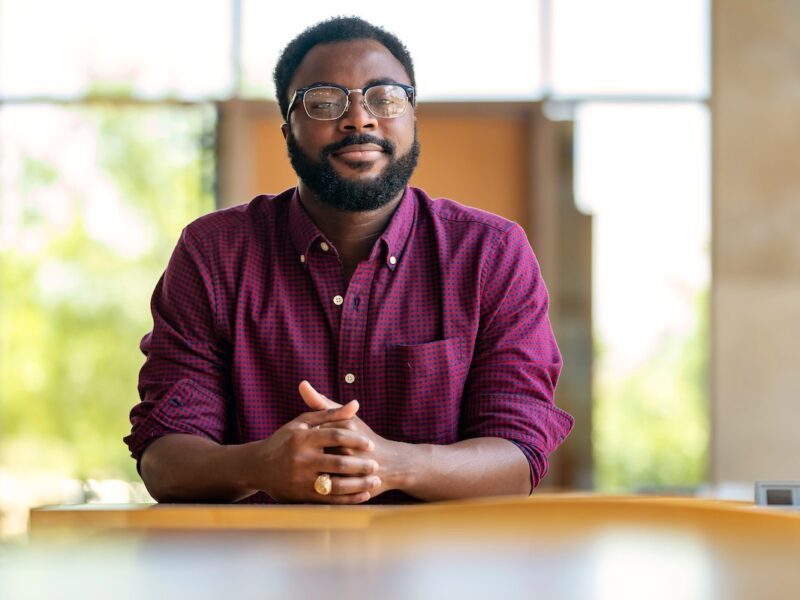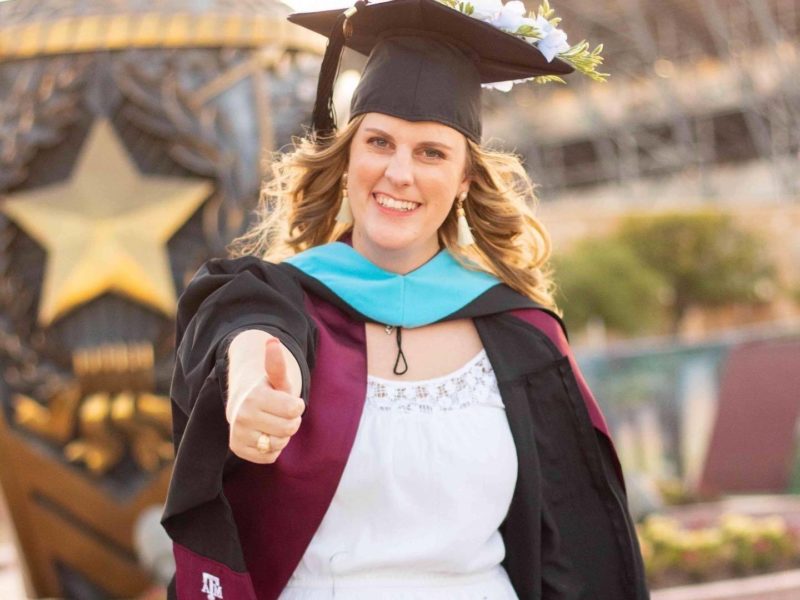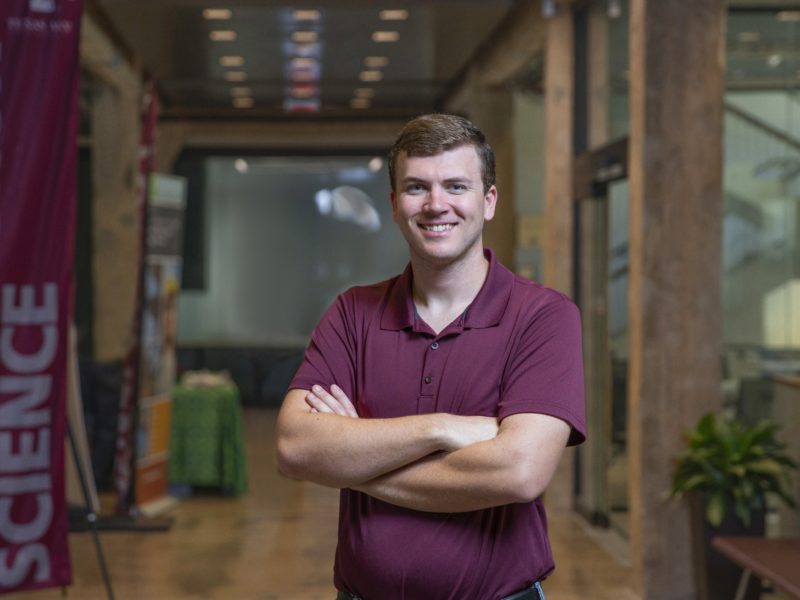Finding A Place In Science
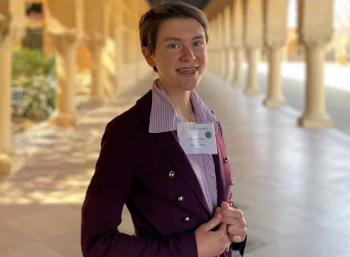
Every picture tells a story. One of Annabel Perry’s childhood favorites features her as a grinning 10-year-old clutching a gigantic bullfrog, a slightly out-of-focus snapshot of both place and time that captures her budding interest in the natural world and her future as a scientist — a career path and underlying passion accelerated by undergraduate research and key faculty mentors at Texas A&M University.
This little girl with the bullfrog, however, didn’t start out with all the tools she needed to succeed as a scientist. Perry, who was homeschooled as a child in Milford, Texas, grew up believing that women were less logical than men, evolution was not real and human behaviors were not biologically determined. She didn’t seriously question those beliefs until, at the age of 16 after researching disordered eating in a dual-credit course, she realized she had a serious eating disorder — an awakening that not only propelled Perry to seek professional mental health treatment, but also instilled in her a desire to understand the biological underpinnings of psychiatric disorders.
“This early experience with mental health care taught me that science can explain behavior and improve lives,” Perry said. “So, in fall 2018, I entered Texas A&M University with a plan to scientifically study psychiatric disorders. Experiences at Texas A&M and beyond developed this curiosity into a passion for cognitive evolution and showed me there is a place in the world of science for the little girl with the bullfrog.”
Although Perry had planned to research disordered eating as a freshman at Texas A&M, she found no professors working on the topic. However, she soon discovered an intriguing alternative in Texas A&M psychologist and neuroscientist Brian Anderson’s laboratory, which explores how reward and punishment influence learning and attention.
“In this lab, I monitored an automated shock machine and recorded results as human subjects completed attention-intensive tasks,” Perry said. “During the course of such work, I discovered that I am interested not only in psychiatric disorders, but in all manner of cognitive traits.”
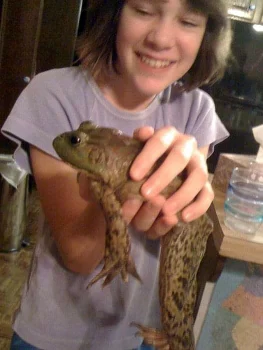
Because Perry’s interest extended far beyond the proximate causes of behavior, she enrolled in Texas A&M biologist Duncan MacKenzie’s honors freshman biology course. In addition to learning about evolution for the first time, she says she fell in love with the interconnected mechanisms, puzzle-solving and predictive power of evolutionary theory and wanted to pursue that passion by researching evolution.
“I particularly wanted to research the evolution of sex differences, as I’d been raised on stereotypes about cognitive differences between the sexes and wanted to learn their biological truth,” Perry said. “So I joined Texas A&M biologist Gil Rosenthal’s laboratory*, which studies sexual selection and mating behavior in swordtail fish.”
After learning to use the lab’s tracking software used to study sex differences in swordtails, Perry realized that computational skills would be integral to her success as an evolutionary biologist. When the COVID-19 pandemic forced the Rosenthal lab to work from home, Rosenthal encouraged all members to begin learning the Python coding language. Rosenthal recognized Perry’s potential as a computational biologist and asked her to spearhead a bioinformatics project to detect variable DNA regions in hybrid swordtail fish.
“I took this opportunity to prove to the little girl with the bullfrog that gender does not determine her analytic ability,” Perry said. “I spent summer 2020 teaching myself R and C++. Since there was no existing program that could detect the DNA regions, I taught myself R to create my own. But R could not process such large data, so I taught myself the more robust but notoriously daunting language C++. The C++ version of my program, Polly, ran successfully but categorized the wrong regions as polymorphic. So, I fixed Polly, getting it to correctly detect these regions in February 2021.”
Bolstered by her burgeoning confidence in both coding and research, Perry excelled in graduate-level courses on experimental design and evolution as a junior and senior, respectively. In addition to beginning another C++ program for calculating linkage disequilibrium scores, she was accepted into a summer 2021 National Science Foundation Research Experiences for Undergraduates (REU) program at Florida Atlantic University. As fate would have it, she worked with Erik Duboué and Alex Keene — who coincidentally accepted a new position as head of the Texas A&M Department of Biology while she was in Florida — to study the evolution of anxiety in cavefish. Together, they developed a computational neural network for classifying behaviors and used it to quantify anxiety in the Mexican tetra model organism.
“During this project, I was simultaneously making Polly more biologist-friendly by making it accessible through an easier-to-use coding language,” Perry said. “By the end of summer 2021, I finished both the REU and Polly projects. I am first author on the Polly manuscript, which is currently under peer review at Molecular Ecology Resources.”
By the time Perry returned to Texas A&M for her senior year in August, Rosenthal had moved to Italy, and Keene had begun his appointment as head of Texas A&M Biology. While simultaneously completing her Rosenthal lab projects remotely, Perry began conducting an Undergraduate Research Scholars thesis with Keene and fellow Texas A&M biologist/computational evolutionary geneticist Heath Blackmon as one of the College of Science’s 12 inaugural Science Undergraduate Research Opportunities Program (SUROP) awardees. For this project, she coded a web-based tool, dubbed CaveCrawler, to analyze genetics data in the Mexican tetra, an emerging model system to study the evolution of sleep and potentially many other cognitive and physiological traits. A preprint of the resulting publication, “CaveCrawler: An interactive analysis suite for cavefish bioinformatics,” was uploaded to the open access repository bioRXiv in December and since has been accepted for publication by the Genetics Society of America journal G3: Genes | Genomes | Genetics.
“Annabel is remarkably talented, and her productivity was at the level of a senior graduate student,” Keene said. “What really sets her apart is her enthusiasm for science and her ability to elevate everyone around her.”
In between semesters in January, Perry traveled to central Mexico to conduct field research with Rosenthal and fellow swordtail lab members at the Centro de lnvestigaciones Cientificas de las Huastecas “Aguazarca,” also known as CICHAZ. Roughly a month later, she was the only undergraduate who presented her research at the 7th annual Cavefish Meeting, held February 27-March 4 in San Antonio. She also presented on her research and life-changing undergraduate experience at the April 1 College of Science External Advisory and Development Council spring meeting.
On Saturday (May 14), Perry will graduate from Texas A&M with her bachelor of science in biology with honors along with double minors in neuroscience and philosophy. In addition to being recognized as a University Scholar, Undergraduate Research Scholar and Honors Fellow, she was a finalist for the 2022 Brown Foundation-Earl Rudder Memorial Outstanding Student Award honoring the top graduating seniors across the entire Texas A&M campus. This fall, she will head to Harvard University to pursue her Ph.D. working with David Reich in the Department of Human Evolutionary Biology,
“Working with someone like Annabel could rekindle anyone’s enthusiasm for science,” Rosenthal said. “When the pandemic hit, we did a weekly Python workshop as a lab over zoom. We went through the wonderful Rosalind website, which presents every new technique as a puzzle. She left the rest of us in the dust as she solved each puzzle with ever-growing enthusiasm, till she was out of puzzles that other people had already solved. Now she’s applying her full intellect and creativity to problems no one knows the answer to. Her infectious curiosity and her intellectual humility are just what Harvard needs.”
As she prepares to walk the Reed Arena stage, Perry says she is not only grateful for being able to stand on the shoulders of many, including her mentors at Texas A&M, but also eager to pay those opportunities forward to benefit other aspiring scientists in the making.
“A neuroscientist’s job is not just to investigate the innerworkings of the human brain, but also to help other people realize the power of their own minds,” Perry said. “In graduate school, I plan to start coding workshops for rural children. My eventual goal is to run my own lab where I mentor budding young scientists and use computational approaches to research cognitive evolution. Once I have my own lab, I will continue this mentorship to show them that they, like the little girl with the bullfrog, can achieve their intellectual potential.”
* This link is no longer active and has been removed.
This article by Shana Hutchins originally appeared on the College of Science website.
